What is the Difference between Handymax and Capesize Vessels?
The oceanic transportation system is one of the foremost transportation methods utilised by man. This is a very commonly gained knowledge from books and verbal accounts. However, as the need and importance of the marine transportation increased, there were quite a few developments made to accommodate this ever-increasing demand.
A wide variation in the cargo vessels is a very noteworthy development that has taken place in the world of marine transport. Panamax, Aframax, ULCC (Ultra Large Crude Carriers) and VLCC (Very Large Crude Carriers) are few of the ship types that operate in the oceanic waters at present.
Each of these vessels has a special significance – in fact even their titular names have been allocated looking at the oceanic domains they cater to. For example, the Panamax carriers are so named because they can easily pass through the Panama Canal. Along with their names, these carrier ships also have a stipulated tonnage limit. In other words, it means that a particular vessel with a specific tonnage is classified under a particular carrier vessel category.
Based on these lines, detailed below is a brief description about the Handymax vessels and the Capesize vessels along with a few of the important distinctions between these two cargo ships.
Handymax Vessels: More often than not, Handymax ships are categorised into the class of Handysize bulk carrier ships. With a load carrying capacity of up to 60,000 tonnes, these carrier vessels can be termed as being amongst the smallest bulk carrier ships in operation today.
Capesize Vessels: The term Capesize is used to signify those vessels which cannot pass through the canals of Panama and Suez. These vessels generally traverse through the Capes of Good Hope and Horn thus providing them with their name.
Main Differentiating Points
- The primary distinguishing aspect between the Handymax and the Capesize ships is their load carrying capacity. The former can haul up to a maximum of 60,000 tonnes while the latter have a capacity to haul over 1, 00,000 tonnes.
- While Capesize has actually been categorised as a class in itself, Handymax is often mentioned as a sub-categorisation of the Handysize (mentioned above). While initially, the Capesize vessels used to denote those vessels which couldn’t cross the Suez Canal, post the extensions carried out in the Canal, it has been ensured that even these vessels can pass through the Canal.
- Handymax ships are mainly built in the Asian shipyards and are used to carry cargo like cement, steel, lumber and even ores. The most important feature of these vessels is that they can be utilised to carry any kind of dry bulk cargo and unload them even in the smallest of ports and docks.
Capesize ships too are classified as being bulk cargo carrier ships as opposed to a tanker vessel. However their load carrying extends to just ores and minerals.
Both the Handymax and Capesize carrier ships are important navigational tools. Irrespective of the vessel sizes, these two vessels have in their own way revolutionised international maritime cargo transportation. This makes them a worthy topic to cover under the maritime reading panorama.
You may also like to read – What Are Supramax Cargo Vessels?
Do you have info to share with us ? Suggest a correction
Latest Type Of Ships Articles You Would Like:
Subscribe To Our Newsletters
By subscribing, you agree to our Privacy Policy and may receive occasional deal communications; you can unsubscribe anytime.




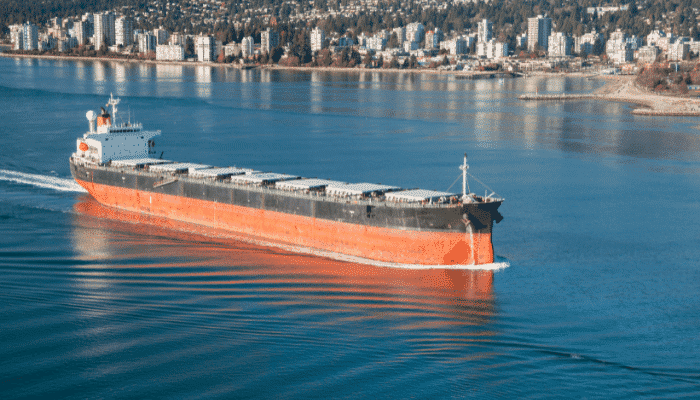

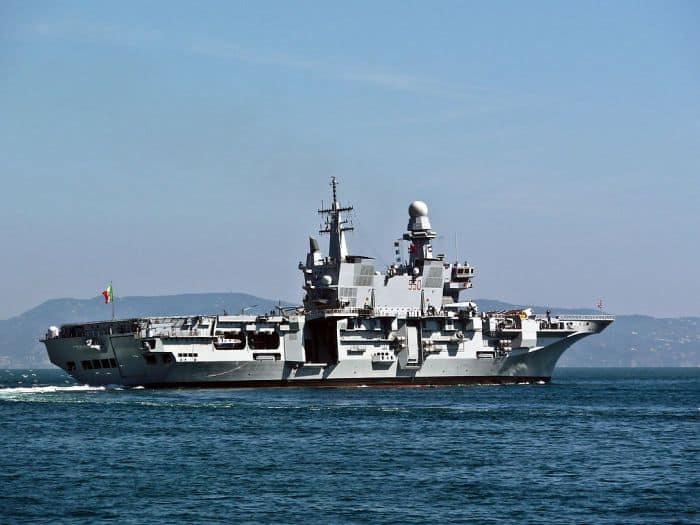
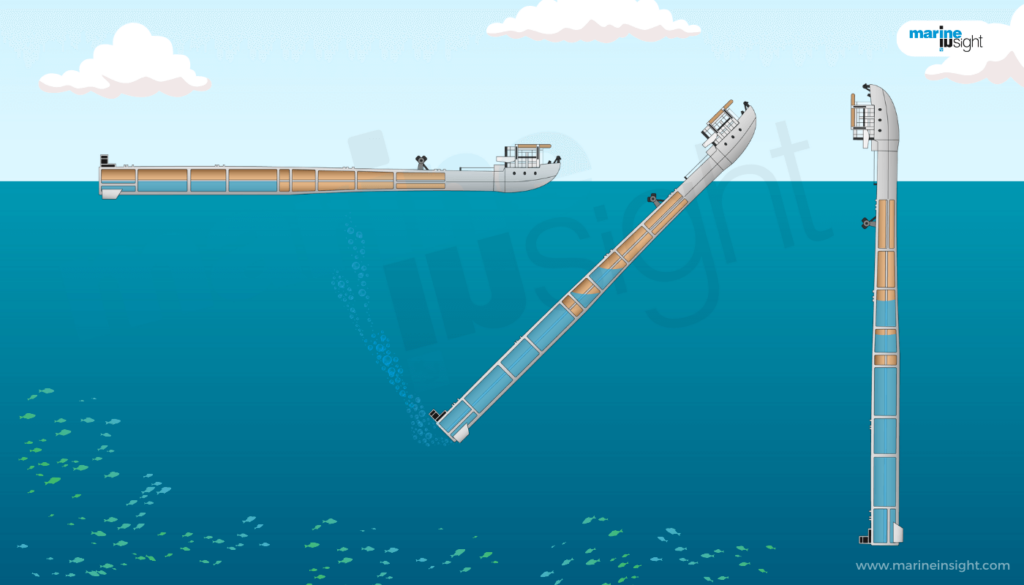
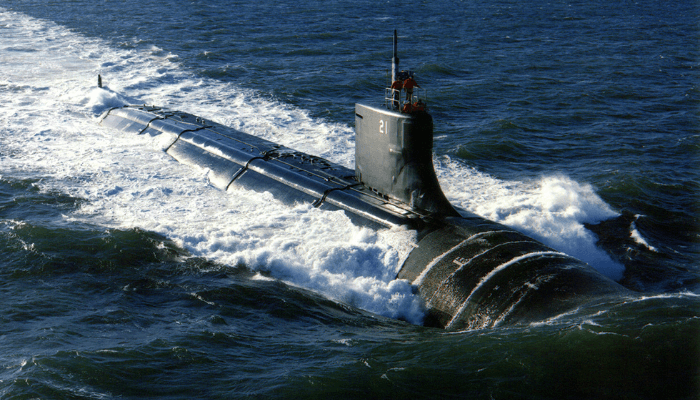
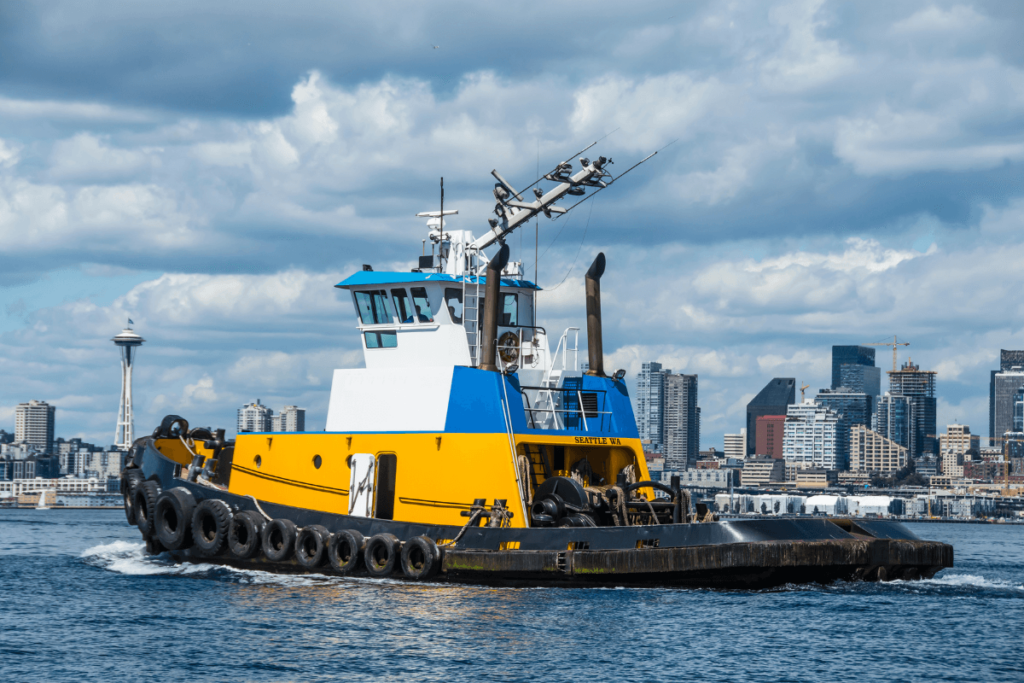

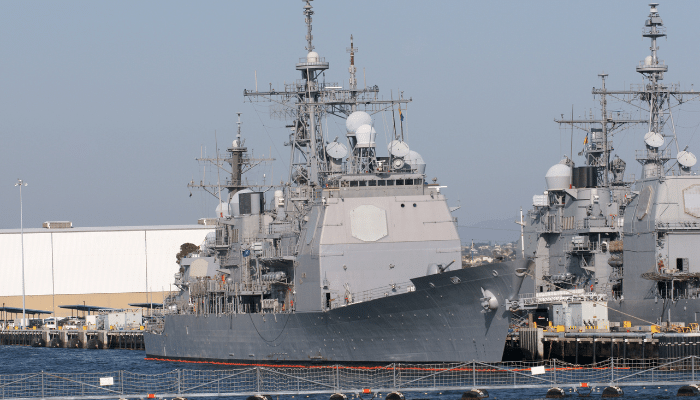







Interesting article. Now I know the difference between DWT and